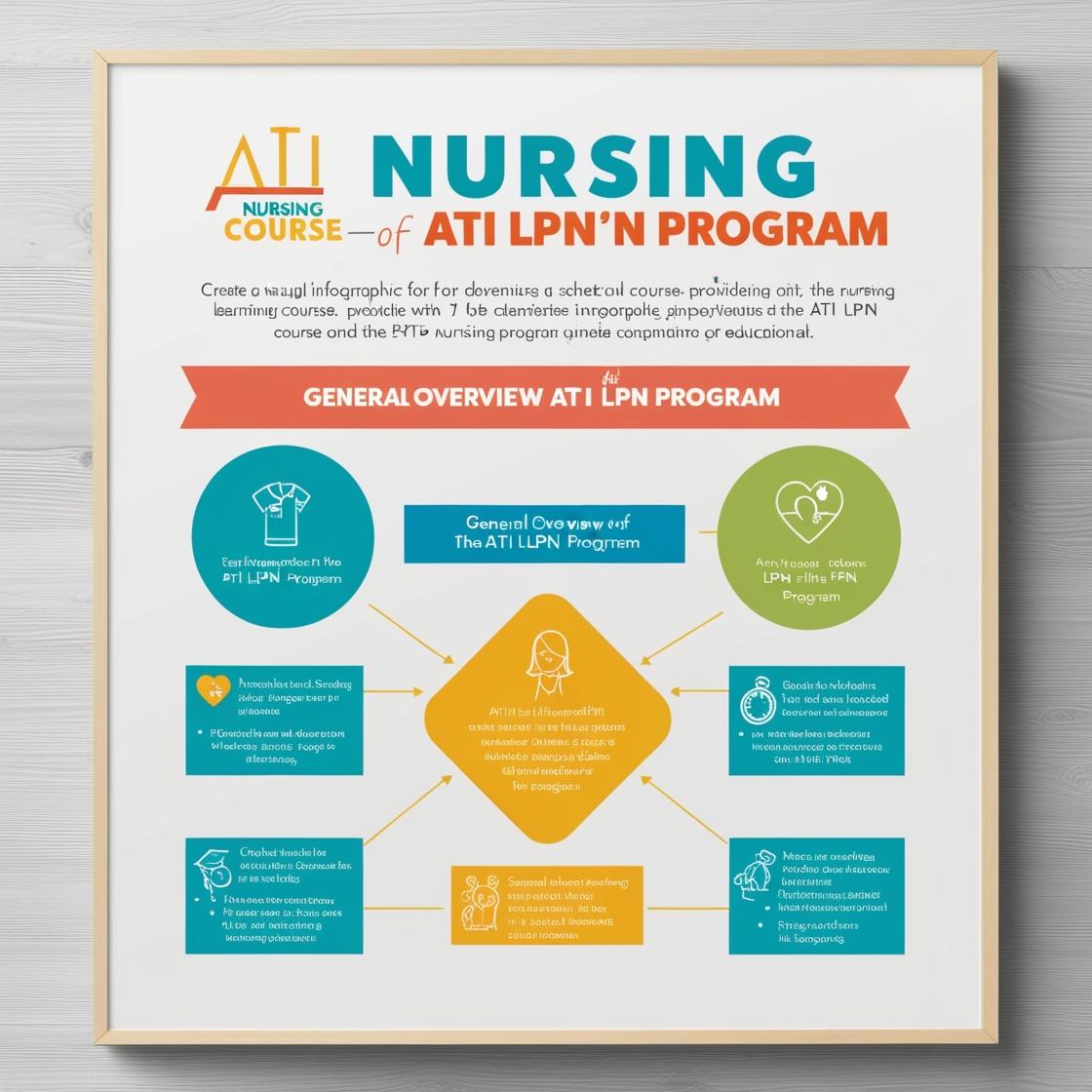LPN LPN
PN ATI Capstone Proctored Comprehensive Assessment 2020 A
1. A nurse is providing teaching to a group of new parents about medications. The nurse should include that aspirin is contraindicated for children who have a viral infection due to the risk of developing which of the following adverse effects?
- A. Reye's syndrome
- B. Visual disturbances
- C. Diabetes mellitus
- D. Wilms' tumor
Correct answer: A
Rationale: The correct answer is A: Reye's syndrome. Aspirin use in children with viral infections has been associated with Reye's syndrome, a serious condition that causes swelling in the liver and brain. Visual disturbances (choice B) are not typically associated with aspirin use in children with viral infections. Diabetes mellitus (choice C) and Wilms' tumor (choice D) are not adverse effects of aspirin use in this context.
2. A nurse is reviewing the laboratory values for a client who is receiving a continuous IV heparin infusion and has an aPTT of 90 seconds. Which of the following actions should the nurse prepare to take?
- A. Administer vitamin K
- B. Reduce the infusion rate
- C. Give the client a low-dose aspirin
- D. Request an INR
Correct answer: B
Rationale: An aPTT of 90 seconds is elevated, indicating a risk of bleeding due to excessive anticoagulation. The appropriate action is to reduce the infusion rate of heparin to prevent further complications. Administering vitamin K is not indicated for an elevated aPTT due to heparin therapy. Giving the client a low-dose aspirin can further increase the risk of bleeding when combined with heparin. Requesting an INR is not necessary for monitoring heparin therapy; aPTT is the more specific test for assessing heparin's therapeutic effect. Therefore, the correct action for the nurse to prepare to take is to reduce the infusion rate of heparin.
3. A client with a seizure disorder has a new prescription for valproic acid. Which of the following laboratory values should the nurse plan to monitor? (Select all that apply)
- A. PTT
- B. Aspartate aminotransferase (AST)
- C. Alanine aminotransferase (ALT)
- D. All of the Above
Correct answer: D
Rationale: The correct answer is D, 'All of the Above.' Valproic acid can impact liver function and coagulation. Monitoring the Prothrombin Time (PTT), Aspartate Aminotransferase (AST), and Alanine Aminotransferase (ALT) is crucial. PTT is monitored to assess coagulation status, while AST and ALT are liver enzymes that indicate liver function. Monitoring these values helps detect any potential adverse effects of valproic acid on the liver and blood clotting. Choices A, B, and C are incorrect because each of these laboratory values plays a critical role in evaluating the client's response to valproic acid therapy and detecting associated complications.
4. A nurse is preparing to administer amoxicillin 250 mg liquid suspension PO every 8 hr to an older adult client. The amount available is amoxicillin 50 mg/mL. How many mL should the nurse administer per dose? (Round the answer to the nearest whole number)
- A. 5 mL
- B. 6 mL
- C. 4 mL
- D. 7 mL
Correct answer: A
Rationale: To calculate the amount of amoxicillin in mL needed per dose, we can use the formula: 50 mg/mL = 250 mg / X mL. Cross multiply to solve for X: 50X = 250. Divide both sides by 50 to find X, which equals 5 mL per dose. Therefore, the nurse should administer 5 mL of amoxicillin per dose. Choice B, 6 mL, is incorrect as it does not match the calculated result. Choice C, 4 mL, is incorrect as it is too low based on the calculation. Choice D, 7 mL, is incorrect as it is too high based on the calculation.
5. A nurse is providing teaching to a parent of a child who has asthma and a new prescription for a cromolyn sodium metered dose inhaler. Which of the following statements by the parent indicates the need for further teaching?
- A. I will give my child a dose as soon as wheezing starts.
- B. My child should rinse out his mouth after using the inhaler.
- C. My child should exhale completely before placing the inhaler in his mouth.
- D. If my child has difficulty breathing in the dose, a spacer can be used.
Correct answer: A
Rationale: The correct answer is A. Cromolyn sodium is a preventive medication and should not be used as a rescue inhaler when wheezing starts. This indicates a need for further teaching as the parent should understand that cromolyn sodium is not meant for immediate relief of symptoms. Choice B is correct as rinsing the mouth after using the inhaler helps reduce the risk of oral thrush, a common side effect. Choice C is correct as exhaling completely before using the inhaler helps ensure proper inhalation of the medication. Choice D is correct as a spacer can be used if the child has difficulty coordinating breathing with the inhaler, improving medication delivery.
Similar Questions

Access More Features
ATI LPN Basic
$69.99/ 30 days
- 50,000 Questions with answers
- All ATI courses Coverage
- 30 days access @ $69.99
ATI LPN Premium
$149.99/ 90 days
- 50,000 Questions with answers
- All ATI courses Coverage
- 30 days access @ $149.99
